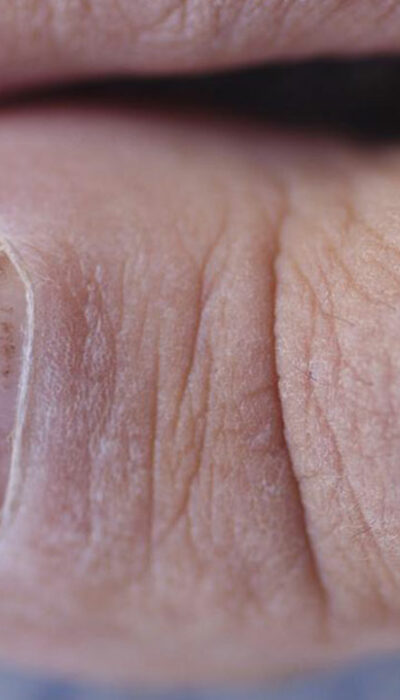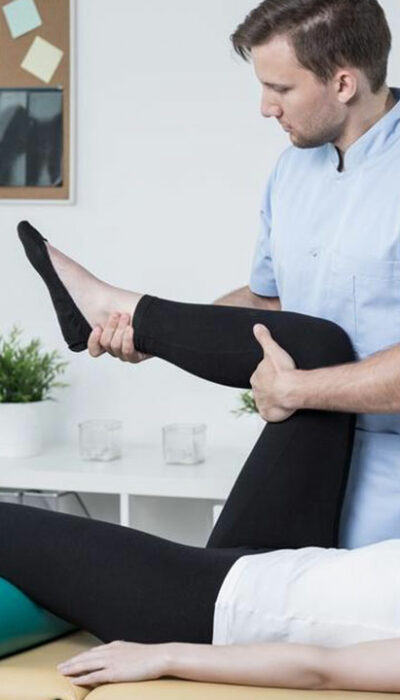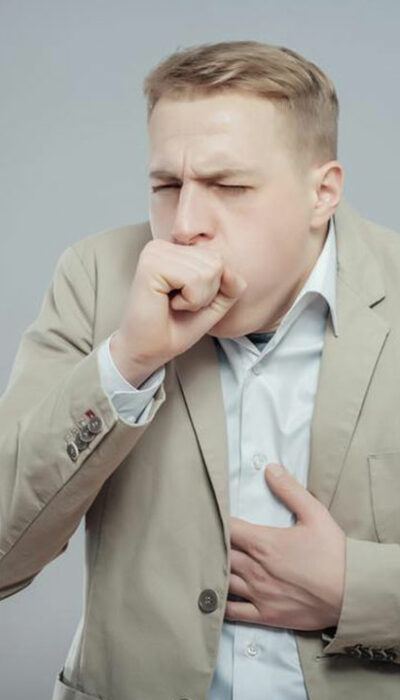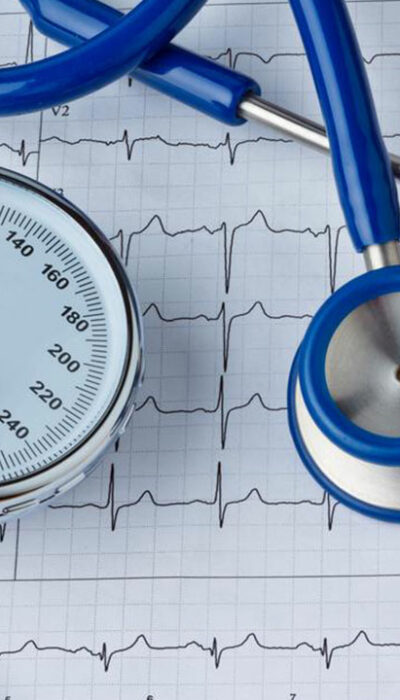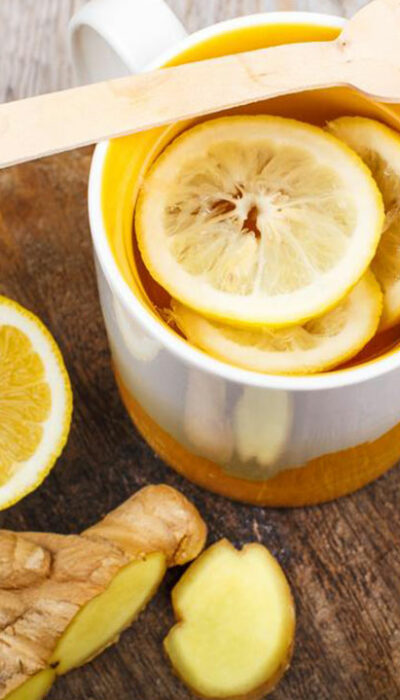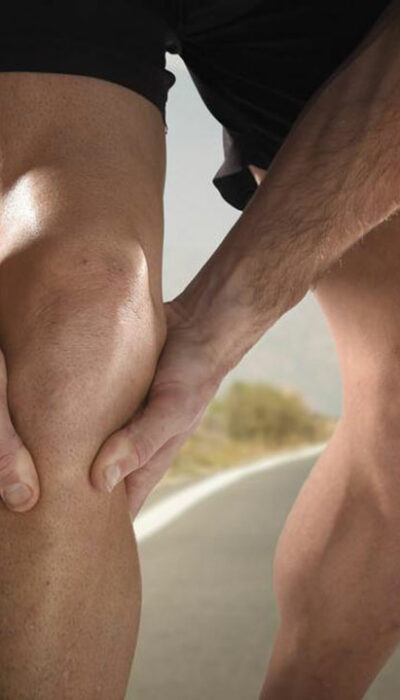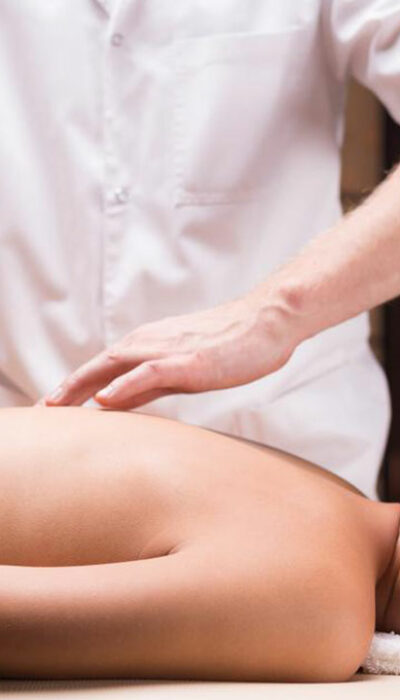
6 Best Spinal Stenosis Treatment Options
Spinal stenosis refers to abnormal narrowing of a bone channel related to the spinal cords or nerves. Some people have a perfect form, but a lot of people become vulnerable to spinal stenosis related discomforts due to a degenerative cascade. A good number of people may not experience any narrowing effects while many will have to deal with radiating pain because of the aging process. In addition to pain, patients experience numbness and weakness. What are the most popular spinal stenosis treatment options? Modification of the activities Certain activities worsen the symptoms of spinal stenosis. That is why doctors recommend eliminating activities that aggravate the condition of the spine. If you are suffering from lumbar stenosis, you can be more comfortable with flexed forward movements. For instance; the most commonly advocated modification activity walking while bending over. Other activities include sitting in a recliner in place of sitting on a chair with straight back position, stationary biking by leaning forward on the handlebars in place of walking as a part of the exercise and leaning on a walker in place of walking upright. These types of modification activities offer great relief for the patients and help them control the pain and other discomforts. Performing the right exercises Every spinal stenosis treatment program includes exercise and physical therapy and this aspect suggests that how effective exercises are. You cannot describe spinal stenosis exercises as a cure, but it is very critical for you to stay active. They make you more tolerant to this health condition, and you get better protection against getting debilitated due to inactivity. Best exercise programs incorporate a combination of stability, endurance, strengthening and range of motion related exercises to offer maximum relief. Proper exercises improve the blood flow to the back, and they bring the much-needed oxygen and nutrients to the affected area.

